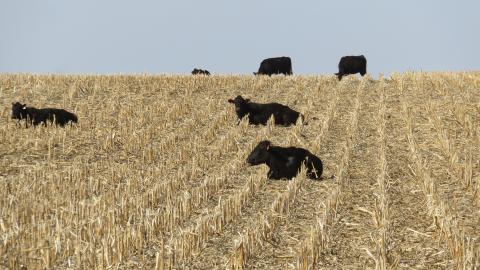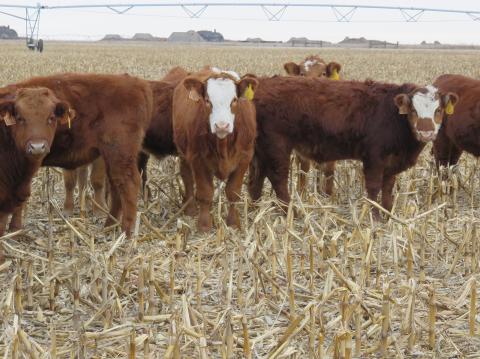Corn Residue Removal and CO2 Emissions
February 26, 2018
University research looking at CO2 emissions from two types of residue removal (baling and grazing) compared with a control treatment found little day-to-day impact; however, when looking at cumulative data for the whole year, grazing did appear to affect cumulative CO2 emissions in irrigated crop-livestock systems. This data represents the first year of this study.
Farm Evolution to Focus on Integrating Crop/Livestock Systems
October 26, 2017
Incorporating cover crops and livestock grazing into a no-till system will be the focus of the 2018 Farming Evolution event Feb. 13-14 in Holyoke, Colorado.
Studies Show Minimal Soil Compaction With Winter Grazing
October 24, 2017
Studies conducted by the University of Nebraska-Lincoln at seven locations found that winter grazing of corn residue did not result in biologically significant compaction or negative impacts on subsequent crop yields. This review of the results includes short- and long-term studies


